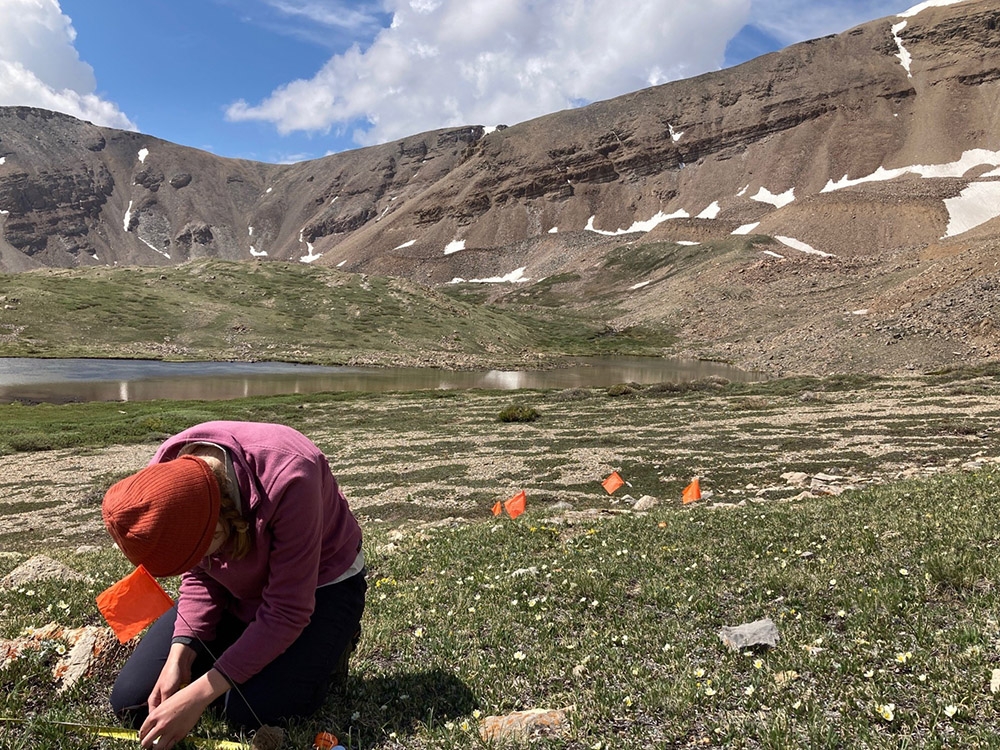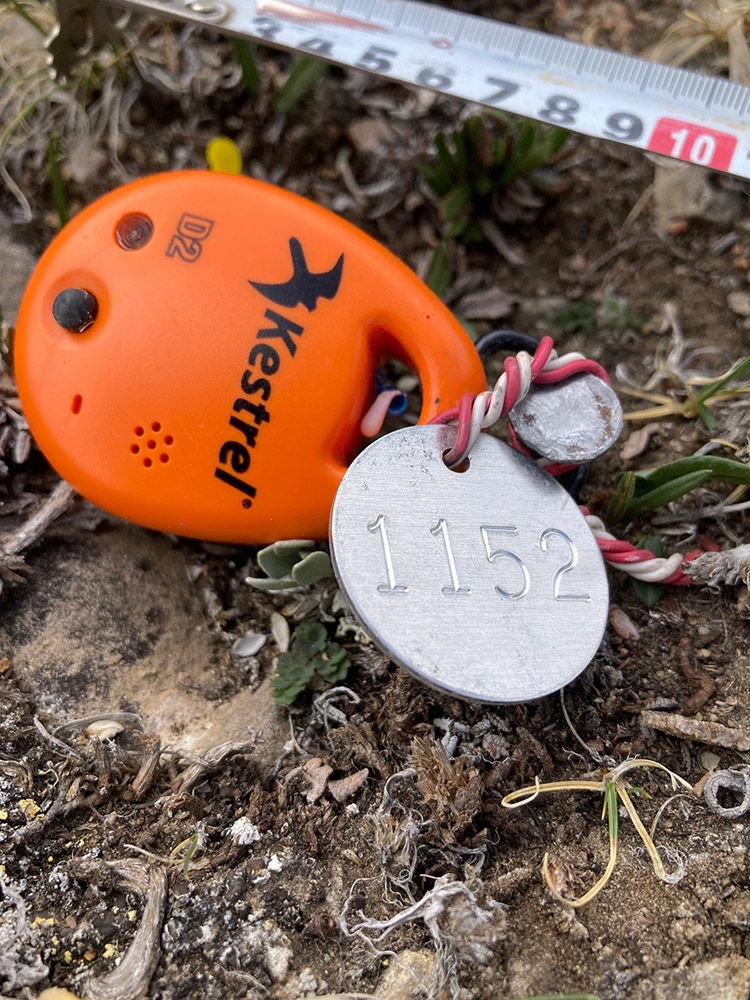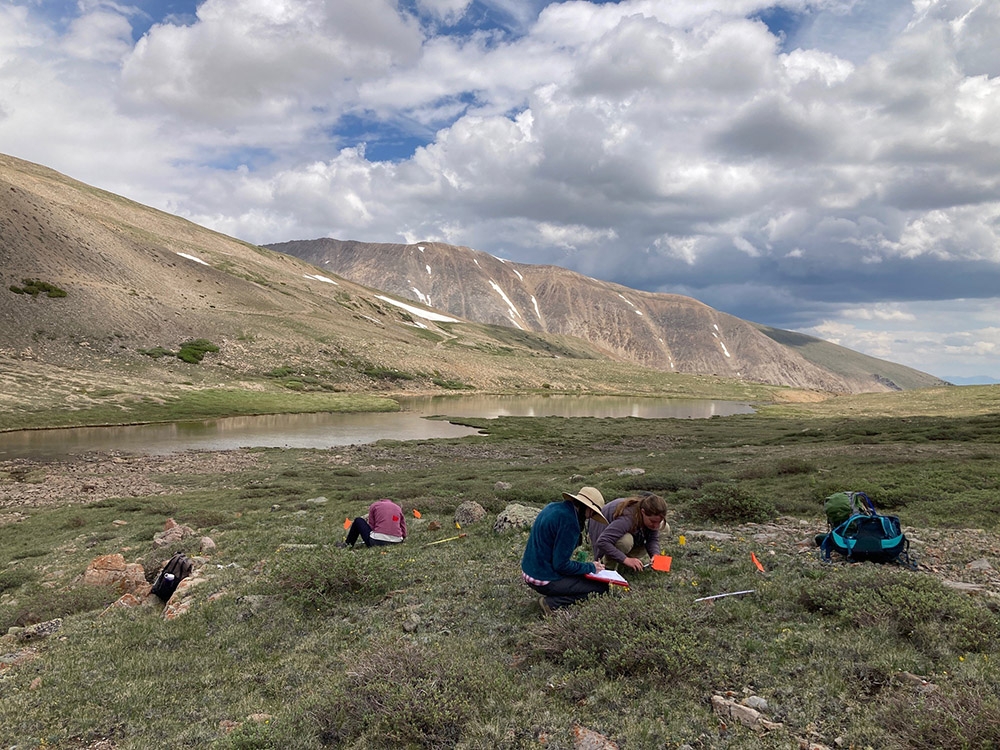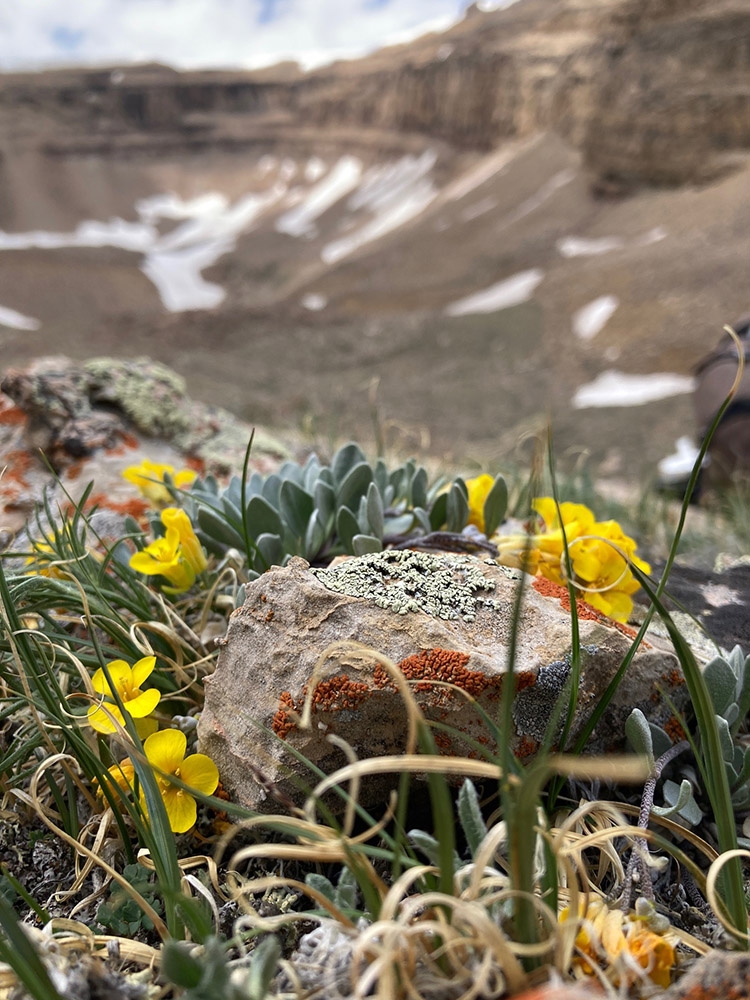Rare Alpine Plants and the Chamber of Warming
If you are an avid alpine hiker or have been traveling to alpine areas for decades, I’m sure you have noticed that it is quite a bit warmer up there than it was. You probably seldomly need to bring all the layers you once did. You might even find yourself hiking in a t-shirt and shorts in peak summer, and snow fields that used to last into fall are disappearing come July.
Well, you’re not the only one who has noticed these changes – the plants and animals that call the alpine home are experiencing drastically different conditions than they have been used to for hundreds to thousands of years. Alpine ecosystems are particularly at risk from warming temperatures because the plants and animals cannot migrate to higher elevations to escape the heat. And as it continues to warm, organisms from lower elevations will migrate up the mountain and compete with those who have built a home in the alpine for centuries.
Rare plant species often require very specific conditions for survival and therefore may have a hard time adapting to warming temperatures. A grant from the Colorado Native Plant Society has allowed me to study the response of two rare alpine species to experimental warming. I will install open top chambers that raise the temperature by ~1.5° in populations of Physaria alpina and Saussurea weberi in the mountains outside of Fairplay, CO. This year I am focusing on collecting baseline data of individuals in the population – such as height, flower and fruit production – to understand how the plants respond to multiple years of warming. Seeds will also be collected from the plants inside the warming chambers each year to understand how offspring may adjust germination requirements to match change in temperature.
This study will allow us to understand the impacts of increased temperature on some of the rare alpine plants of Colorado and be better able to prioritize species and populations for in-situ and ex-situ conservation. These actions are directly applicable to the North American Botanic Garden Strategy for Alpine Plant Conservation, which Denver Botanic Gardens recently published in collaboration with Betty Ford Alpine Gardens in Vail, CO. The strategy outlines objectives and targets to protect alpine plants and ecosystems in the United States, Canada and Mexico, with a focus on the role and efforts of botanic gardens, including research, conservation and outreach.
Climate change can be daunting to think about, and sometimes it feels like there may not be any hope. But we need to remember that alpine plants are resilient, and various organizations are working toward their conservation so that we don’t lose our beloved alpine treasures.
Gallery




Add new comment